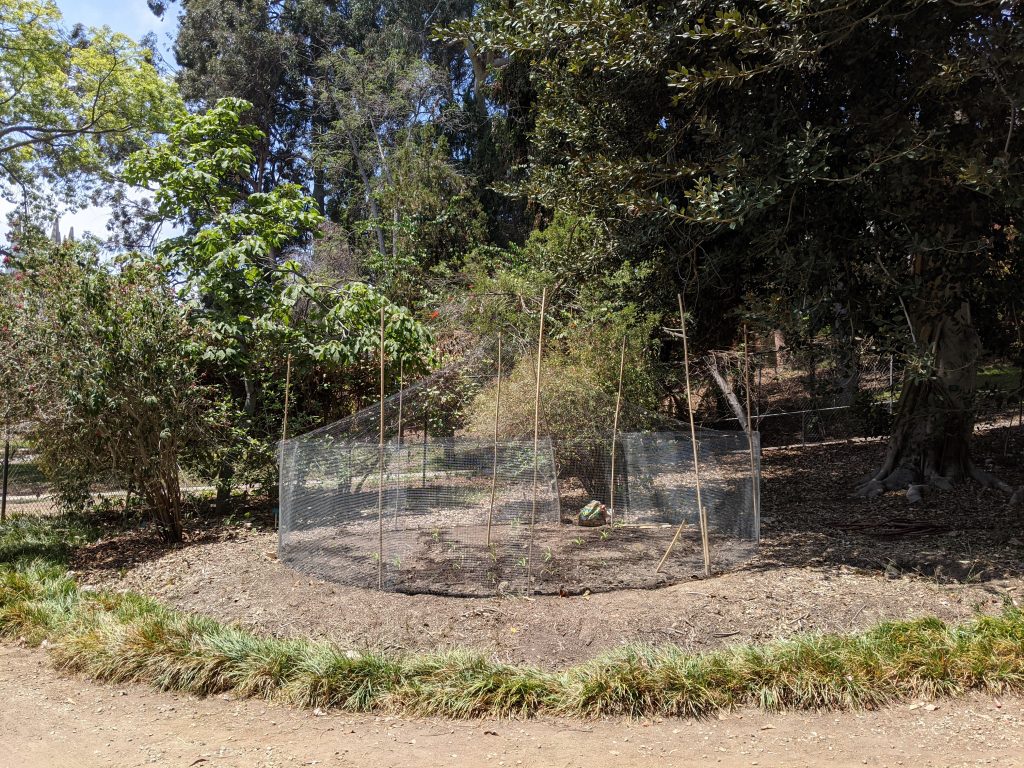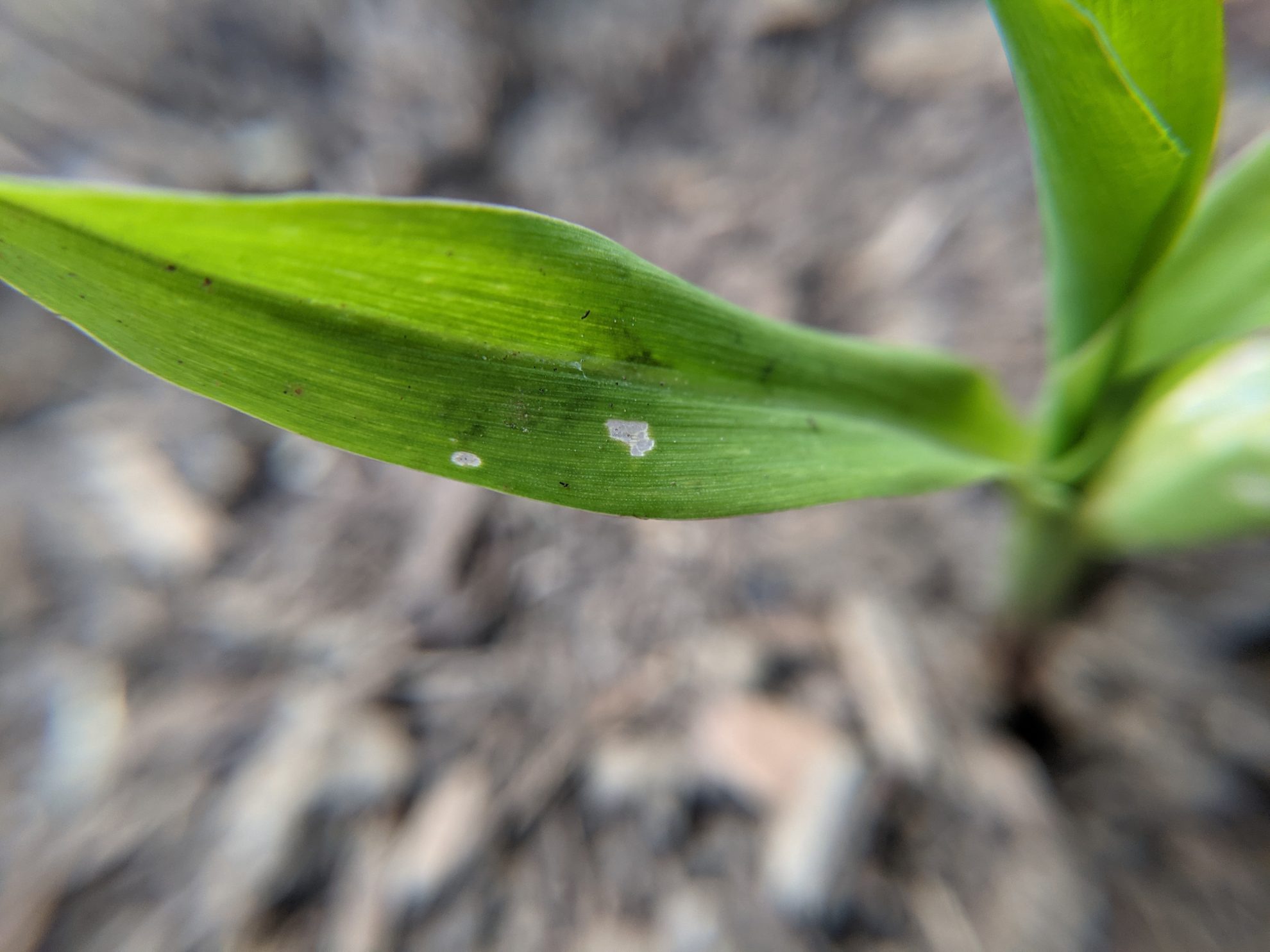[1] Maize should be Capitalized (2021)
Español
Nuestra relación con el Maíz tiene que ser reimaginada. El espacio del Jardín Botánico Mildred E. Mathias de la UCLA sirve tanto como un lugar de experimentación, al igual que un espacio de reintroducción de cinco variedades diferentes de Maíz procedentes de México, Estados Unidos y China. El Teocintle, ancestro del Maíz, está plantado junto a estas cinco variedades guiándolas en una conversación a través de su material genético. Al comprender los más de 9,000 años de nuestra co-evolución con el Maíz, podemos reexaminar cuestiones como la hibridación, la migración y la co-domesticación.
Maize should be Capitalized (2021) es a la vez una lección de gramática que cuestiona la jerarquía de las mayúsculas y la nomenclatura de los organismos. También es una pregunta que analiza nuestro Maize(scape) y la sobrecapitalización / comodificación de organismos genéticamente similares. A través de esta conversación entre el Maiz, se nos presenta de nuevo nuestra codomesticación conjunta como especies.
English
Our relationship with Maize needs to be reimagined. The space at the UCLA Mildred E. Mathias Botanical Garden serves as both an experimental site as well as a reintroduction space to five different varieties of Maize from around Mexico, the US, and China. Teosinte –the ancestor of Maize– is planted next to these five varieties guiding them in conversation through their genetic material. By understanding 9,000 years of our co-evolution with Maize, we can re-examine issues of hybridity, migration, and co-domestication.
Maize should be Capitalized (2021) is both a grammar lesson questioning the hierarchy of capitalization and nomenclature of organisms. It is also a question looking at our (Maize)scape and the overcapitalization / commodification of genetically similar organisms. Through the conversation between Maize organisms, we are reintroduced to our co-domestication as species.

[2] Maize should be Capitalized (2021) Website
Alvaro Azcárraga
Alvaro Azcárraga is a Mexican artist and researcher focused on biological networks and their change through time and space. With a background in Molecular and Cellular Biology, he focuses on how the microscopic relates to the human and beyond. His work questions the notion of the natural, with projects spanning disparate landscapes including Maize, bodies of water, and invasive species.
He has a B.A. in Molecular and Cell Biology and Art from the University of California, Berkeley. He is currently pursuing an MFA from the Design | Media Arts department at the University of California, Los Angeles.
Special thanks to Victoria Vesna, Rebeca Mendez, Iain Kerr, Peter Lunenfeld, Terrance Huang, Yogan Muller, Jules Cooch, everyone at the UCLA Mildred E. Mathias Botanical Garden, and Eugenia Esponda.
